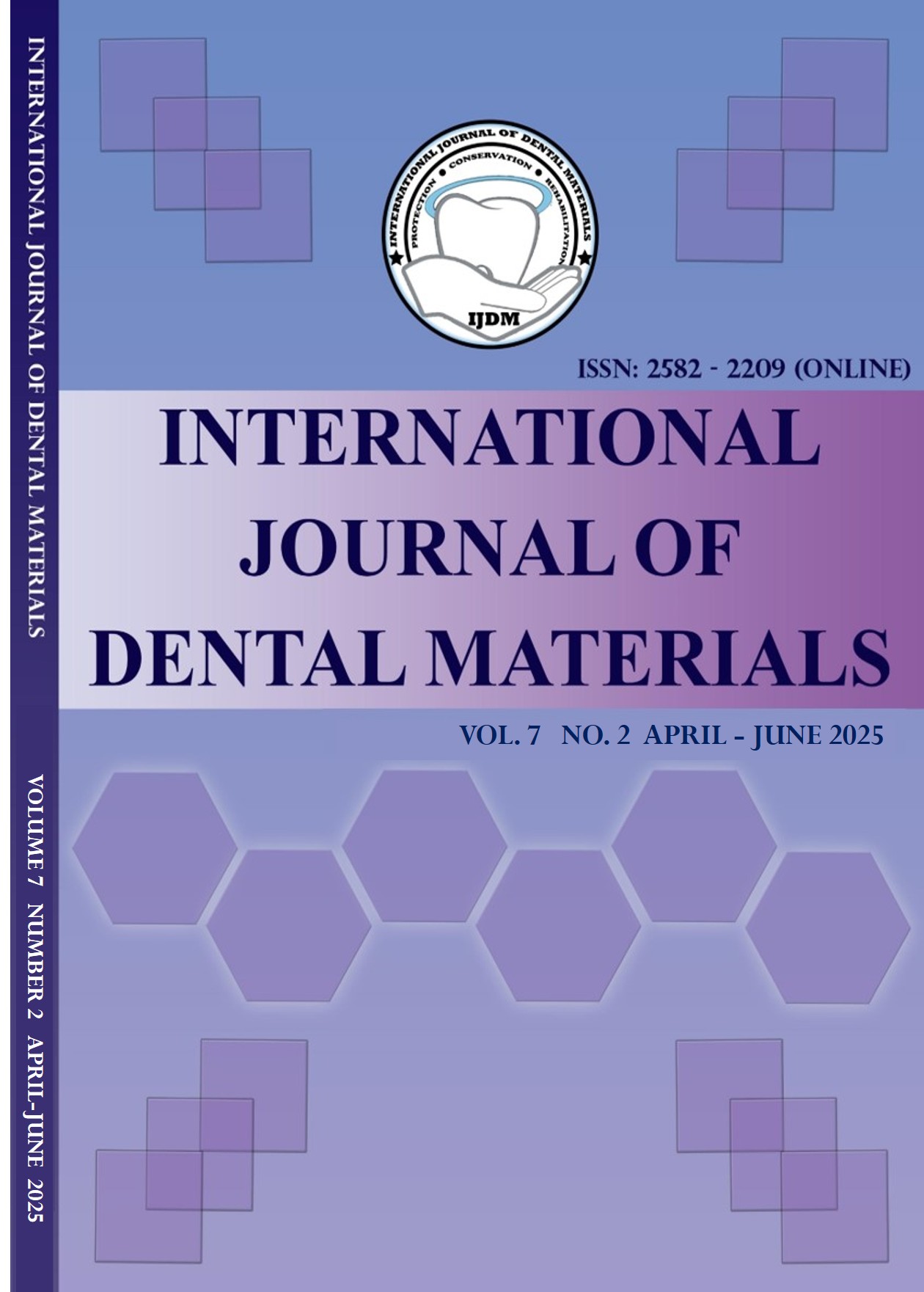Distinguishing Benign and Malignant Oesophageal Strictures: A Comprehensive Review
Main Article Content
Abstract
Oesophageal strictures are classified as benign or malignant based on etiology, clinical presentation, and pathological characteristics. Benign strictures often result from chronic inflammatory conditions such as gastroesophageal reflux disease (GERD), caustic ingestion, radiation therapy, or post-surgical complications. They are typically managed with endoscopic dilation, stent placement, and proton pump inhibitors (PPIs). In contrast, malignant strictures, primarily caused by oesophageal carcinoma, are characterized by rapid progression, weight loss, and systemic symptoms. Diagnostic tools, such as histopathological examination, barium swallow, endoscopic ultrasound (EUS), and PET-CT scans, are essential for differentiating between benign and malignant strictures. Timely recognition of malignancy is crucial for appropriate oncologic intervention. This review explores the clinical, radiological, and histopathological features that distinguish benign from malignant oesophageal strictures, along with the corresponding diagnostic modalities and treatment strategies.
Article Details
Section

This work is licensed under a Creative Commons Attribution 4.0 International License.
This work is licensed under a Creative Commons Attribution 4.0 International License.

